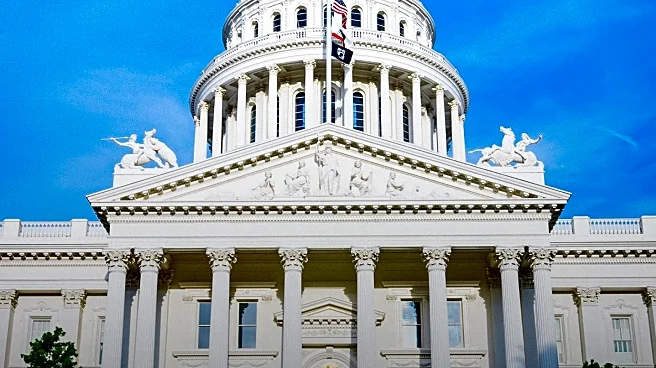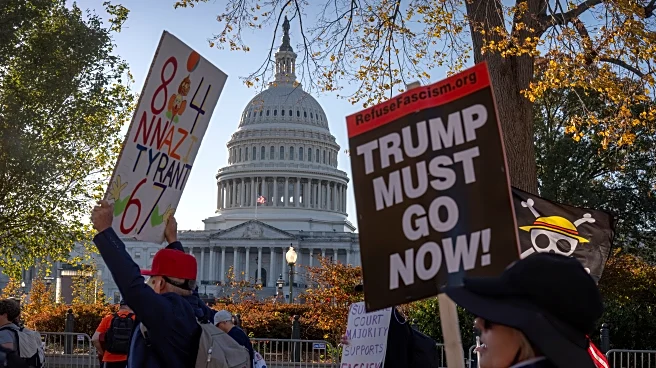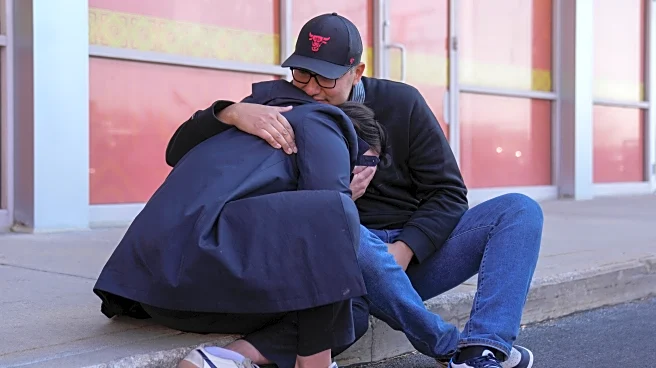What's Happening?
A new report from Otis College highlights the financial challenges faced by California's nonprofit arts sector, described as being in the 'shadow of the pandemic cliff.' The report, presented at the Getty Center, reveals that while the initial years of the pandemic saw
increased funding due to special relief efforts, these resources have since dwindled. Nonprofit organizations, including museums and performing arts groups, are now experiencing significant reductions in both public and private funding. The report's findings are based on data from 2011 to 2023, showing a concerning trend of financial instability within the sector.
Why It's Important?
The decline in funding for California's nonprofit arts organizations has broader implications for the state's cultural and economic landscape. These organizations play a vital role in enriching communities, supporting education, and fostering social justice movements. The reduction in financial support threatens their ability to continue providing these benefits, potentially leading to program cuts and staff reductions. The situation highlights the need for sustainable funding models and increased advocacy to ensure the long-term viability of the arts sector, which is crucial for preserving cultural heritage and promoting diversity.
What's Next?
As the arts sector grapples with funding challenges, organizations may need to explore alternative revenue streams and strengthen community partnerships to sustain their operations. The upcoming 2028 Summer Olympics in Los Angeles presents an opportunity to attract visitors and generate interest in the city's cultural institutions. However, long-term solutions will require coordinated efforts from government, private donors, and the arts community to address the systemic issues affecting funding and support for the arts.
Beyond the Headlines
The financial struggles of California's nonprofit arts sector also raise questions about the broader impact of the pandemic on cultural institutions nationwide. The reliance on temporary relief funding during the pandemic has exposed vulnerabilities in the funding structures of many organizations. This situation calls for a reevaluation of how arts and culture are valued and supported in society, emphasizing the need for policies that prioritize cultural investment as a key component of economic and social development.















